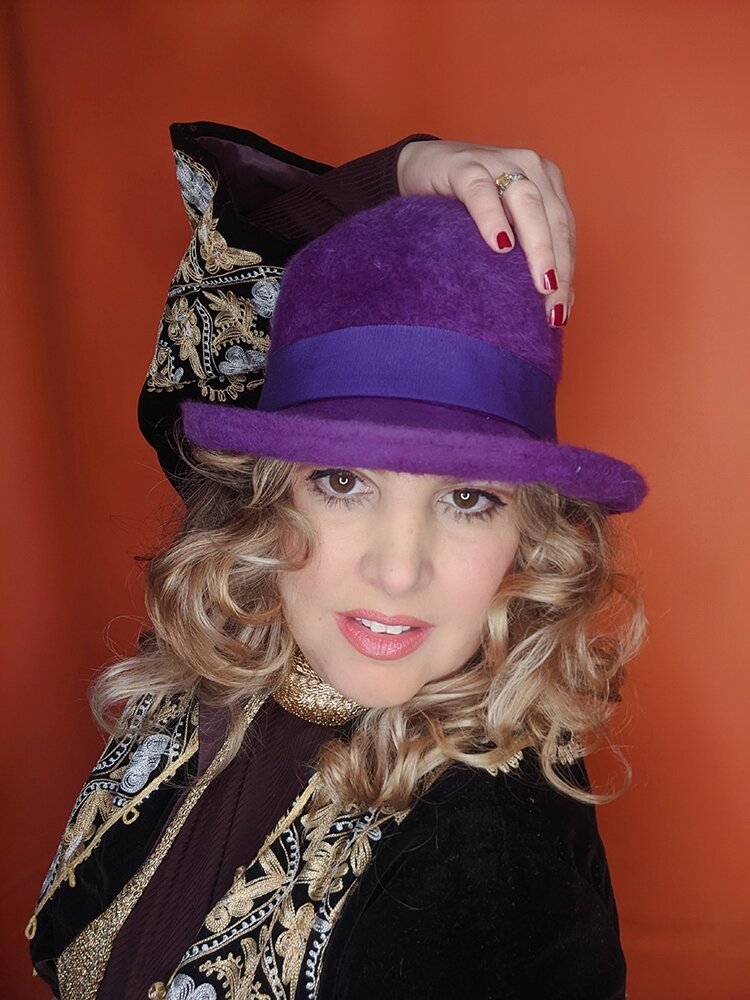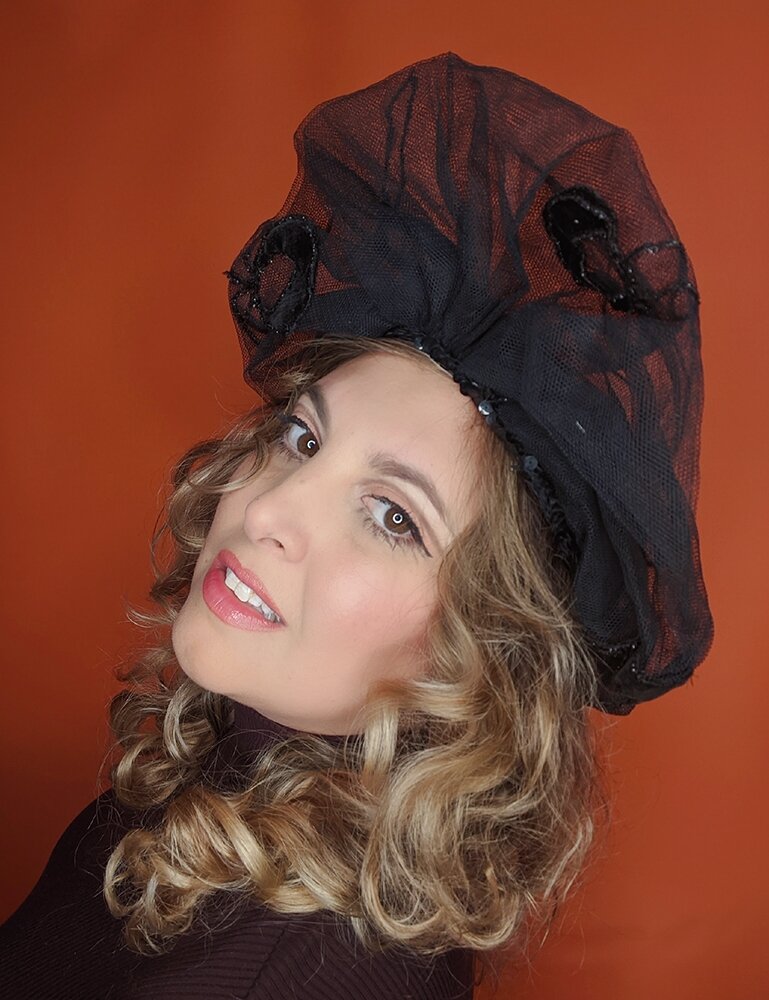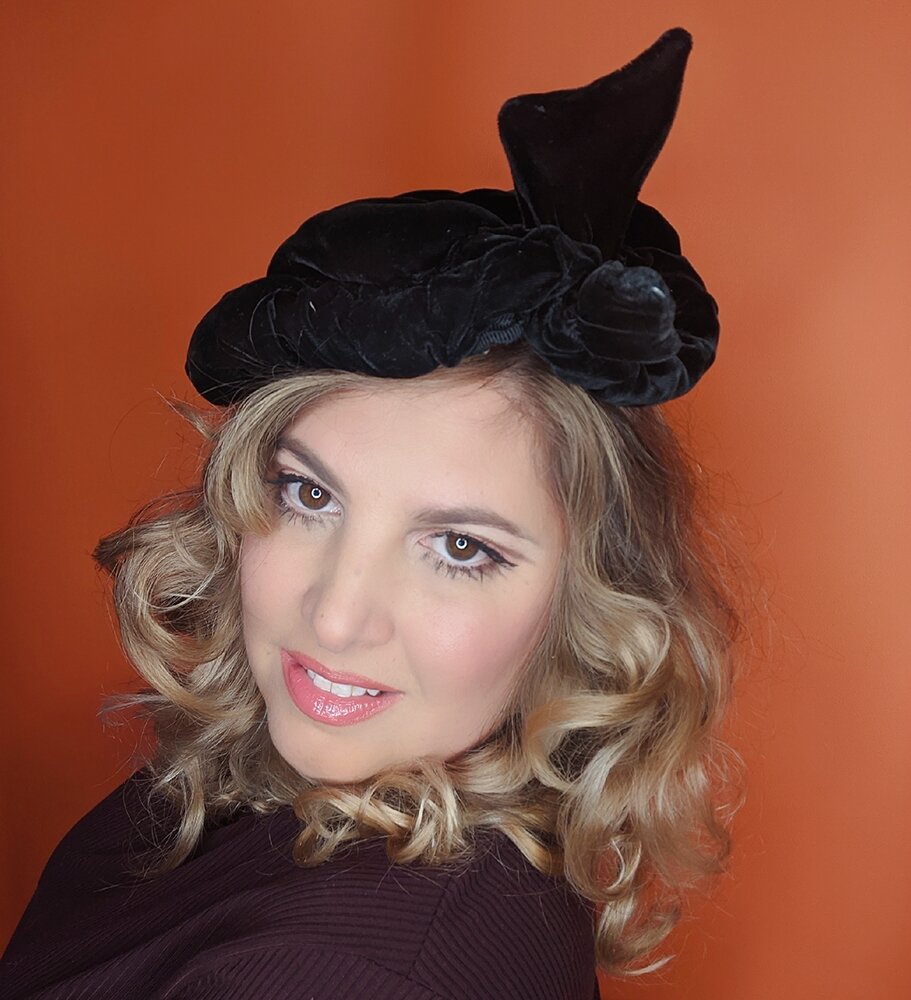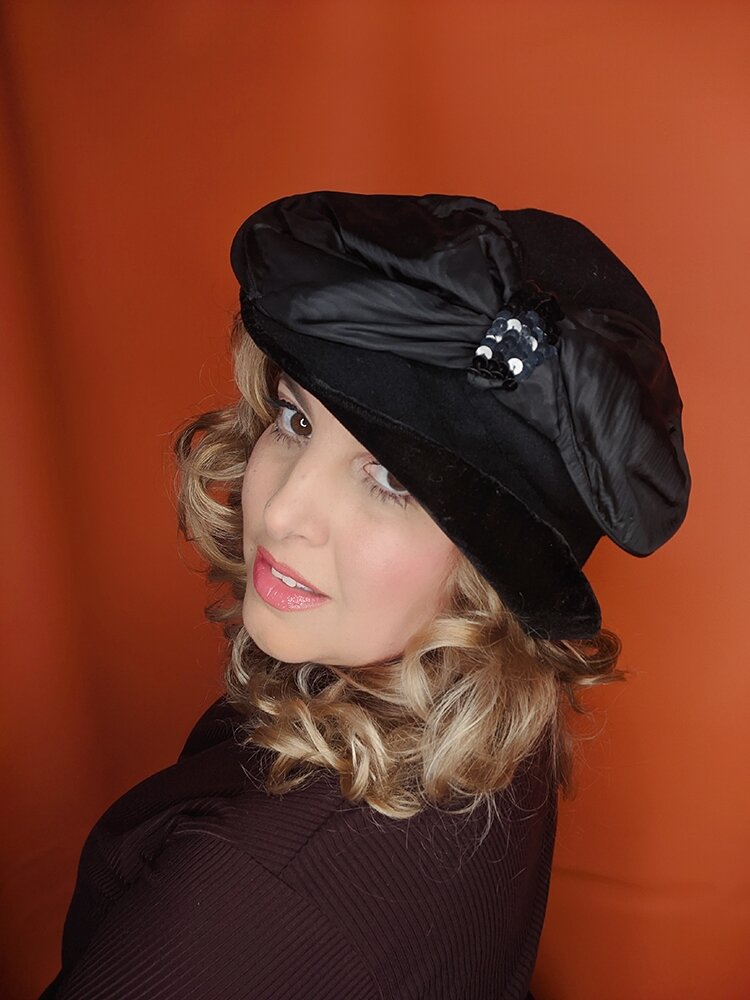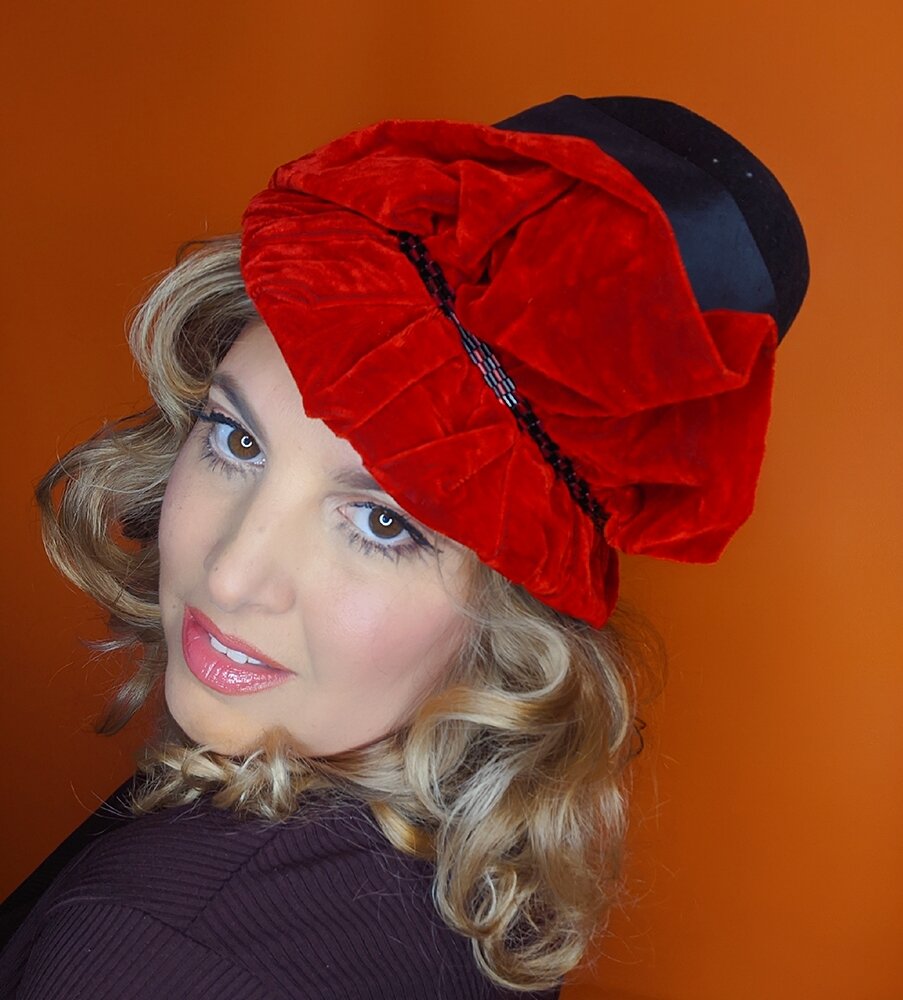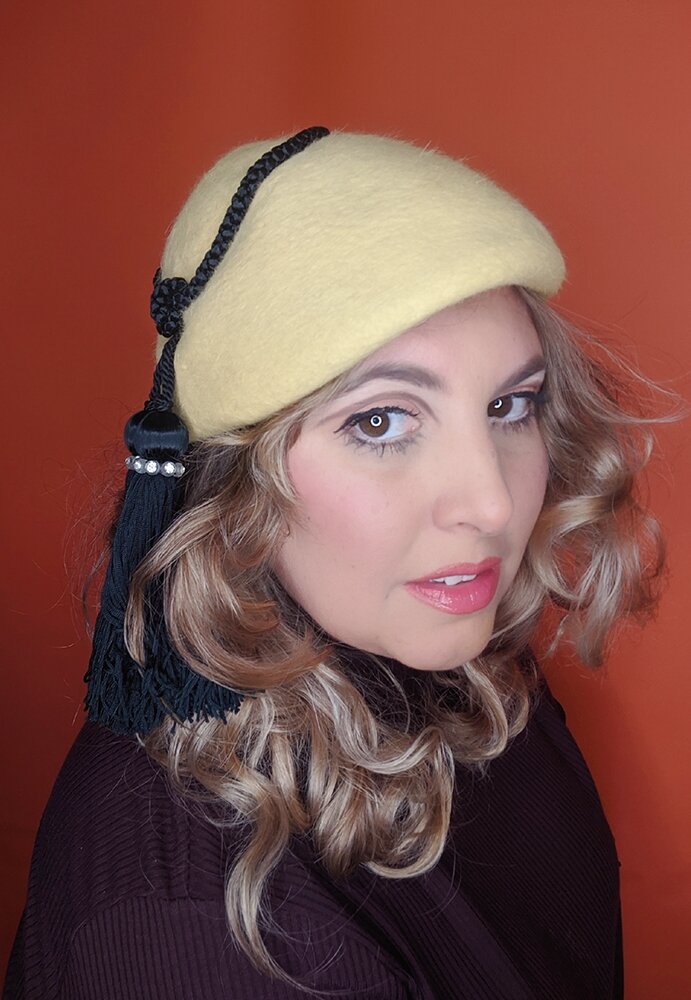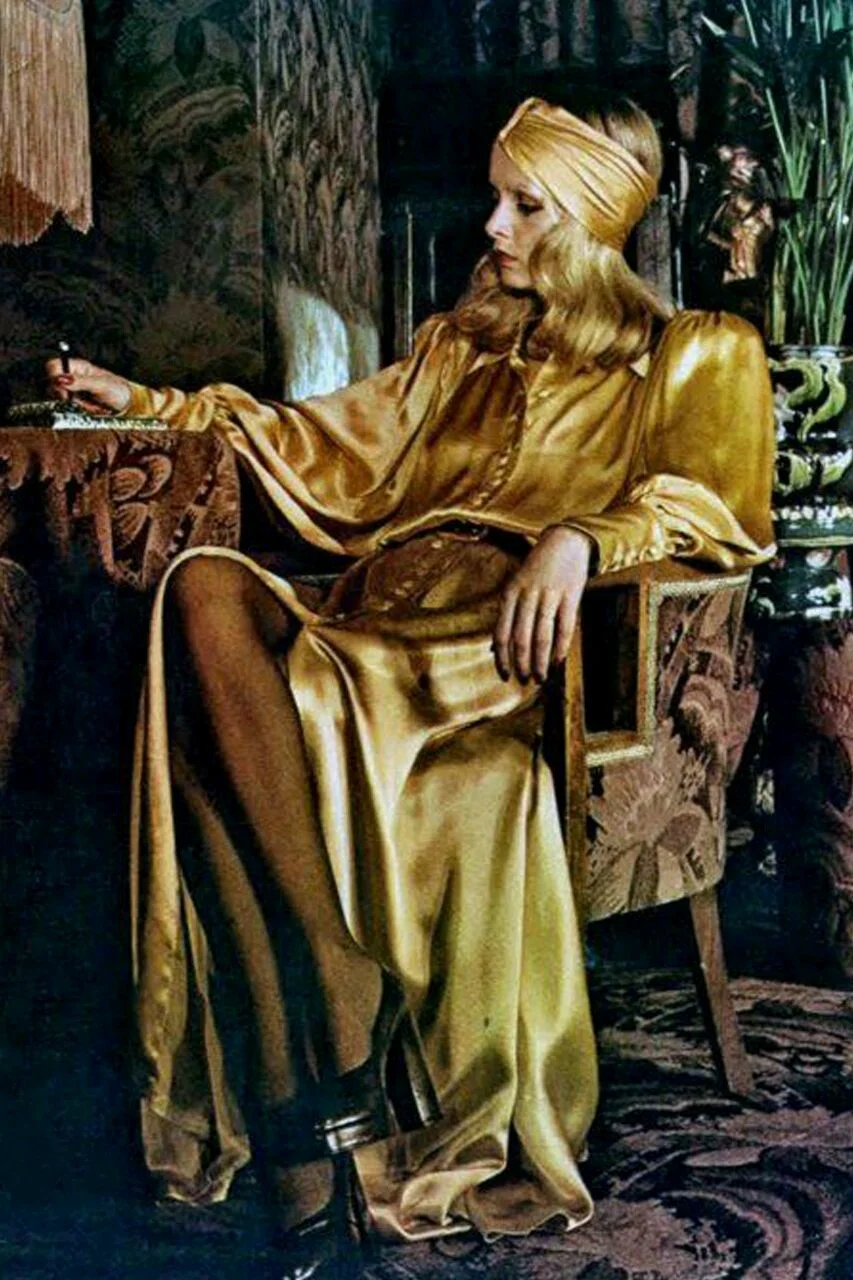Biba was a London fashion store of the 1960s and 1970s. Biba was started and primarily run by the Polish-born Barbara Hulanicki with help of her husband Stephen Fitz-Simon.
Biba's early years were rather humble, with many of the outfits being cheap and available to the public by mail order. Biba’s postal boutique had its first significant success in May 1964 when it offered a pink gingham dress with a hole cut out of the back of the neck with a matching triangular kerchief to readers of the Daily Mirror. The dress had celebrity appeal, as a similar dress had been worn by Brigitte Bardot. By the morning after the dress was advertised in the Daily Mirror, over 4,000 orders had been received. Ultimately, some 17,000 outfits were sold.
Hulanicki worked as a fashion illustrator after studying at Brighton Art College inthe late 1950s. She married advertising executive Stephen Fitz-Simon and they soon opened a mail order clothing company that she named Biba's Postal Boutique. Biba was the nickname of her younger sister Biruta.
The first store, in Abingdon Road in Kensington was opened in September 1964.
Hulanicki’s first encounter with her new customers was at 10 o’clock on theSaturday morning it opened; "...the curtains were drawn across the window…the shop was packed with girls trying on the same brown pinstripe dress in concentrated silence. Not one asked if there were any other styles or sizes," Hulanicki remarked.
The brown pinstripe dresses were being stored in the shop because Hulanicki’s apartment was overflowing with boxes of clothes for their mail order service. Fitz-Simon dropped Hulanicki at the shop and went to pick up more dresses, Hulanicki went to the bathroom and when she came back the shop was packed. "The louder the music played the faster the girls moved and more people appeared in the shop. I had sold every dress by 11. After the last dress had been sold, people were still lining up inside waiting for the next delivery.
The shops' main appeal was what was seen on TV on Friday night could now be bought on Saturday and worn that night. As the Biba style (tight cut skinny sleeves, earthy colours) and logo became more and more recognisable, themore and more people wanted to be seen in it.
The second store at 19-21 Kensington Church Street opened in 1965 and a series of mail-order catalogues followed in 1968, which allowed customers to buy Biba style without having to come to London.
n 1973 with the backing of Dorothy Perkins and British Land , the store moved to the seven-storey Derry & Toms department store, which immediately attracted up to a million customers weekly, making it one of the most visited tourist attractions in London.
There were different departments, and each floor had its own theme, such as a children's floor, a floor for men, a book store, a food market, and a "home" floor which sold items such as wallpaper, paint, cutlery, soft furnishings and even statues. The overall design was produced by Whitmore-Thomas Partnership, run by artist/designers Steve Thomas and Tim Whitmore.[Each department had its own logo or sign, which was based on the Biba logo and had a picture describing the department. These were commissioned by Thomas and Whitmore and designed by Kasia Charko.
The store had an Art Deco-interior reminiscent of the Golden Age of Hollywood. and non-traditional displays, Barbara Hulanicki and her husband Simon Fitzsimon have spent £1m refurbishing the Art Deco department store - known as Big Biba - to house her idiosyncratic collection of clothes and accessories.
The Biba Food Hall was also designed ingeniously, each part being aimed at one particular kind of product; a unit made to look like a dog (based on Hulanicki's own dog, a Great Dane named Othello) consisted of dog food; a huge baked beans tin can consisted of only tins of Baked beans; a can of "Warhol's Condensed Soup" etc., all foods having individual innovative units. Also at the new "Big Biba" was "The Rainbow Restaurant", which was located on the fifth floor of the department store and was destined to become a major hang-out for rock stars, but which was not solely the reserve of the elite. With all of these renovations and additions, Biba became known as a "theatre for fashion."Also at the site was the Kensignton Roof Gardens which are still there today.
The move to Derry and Toms in 1973 gave a much needed boost to other more conventional department stores in a lacklustre Kensington High Street suffering from recession.
Dorothy Perkins bought 75% of Biba taking it from a loss of £40,000 to a profit of £300,000.Biba was a victim of the same recession and only survived for two years before closing in 1975.
It seemed people wee happy to come and see the impressive decor and designer goods but were more reluctant to buy.
Barbara Hulanicki moved to Beazil in 1975 and in 1983 she published a book about the Biba enterprise called A to Biba in which she blamed British land forthe demise of the store by running it down to save other parts of its empire.





